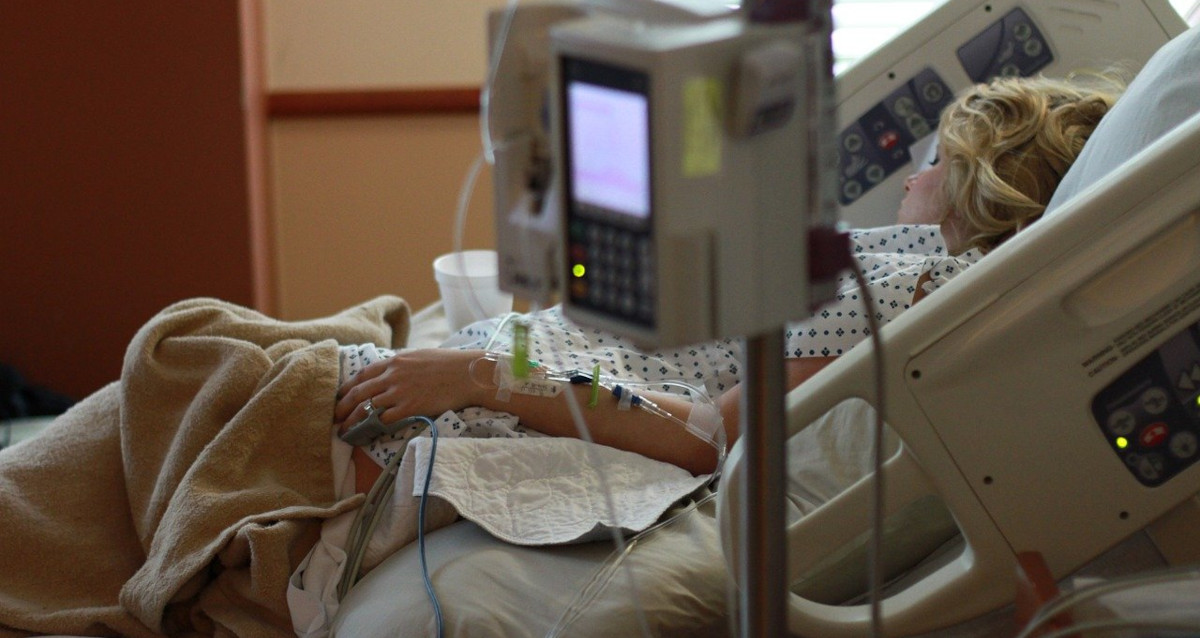There are many variables that contribute to patient outcomes and an accurate reckoning and weighting of those variables can be difficult and challenging. For the past 18 months we have been listening to “experts” tell us what we should do about wearing masks, social distancing, and vaccinations. A very critical and almost always overlooked factor is the idea of “engagement”. Patient engagement is the ability of a patient to find a doctor, PA (Physician Assistant), or FNP (Family Nurse Practitioner) to connect with not only when seeking initial treatment and diagnosis, but throughout the course of a medical encounter. Patients being connected with their provider early on and having that same provider continue with the care of the patient should they become hospitalized or need more sophisticated interventions—maybe those interventions like the early use of monoclonal antibodies may prevent the need to hospitalize patients, have proven to significantly impact morbidity and mortalities. Think about President Trump being diagnosed early with Covid-19 and almost the same day receiving Remdesivir and monoclonal antibodies. Everybody in our country should have that kind of access available to them. Instead, early on and even up till today we have followed a public health model and a “one size fits all “not only for mitigation, but also for the treatment of individual patients. There is no question that comorbid factors contribute to outcomes—hospitalizations and deaths, but early diagnosis and access to a provider may prove to be just as important.
What we have seen over the past 18 months is that being connected to a health care system is not the same as being connected to a provider. Backlogs in clinics and a reluctance to go to a doctor’s office on the campus of a large hospital have become increasingly problematic. Patients taking clinical advice from the CDC, NIH, government task forces, and call in radio shows is not the same as being connected and having your own doctor. Remember the promise of “you can keep your doctor you can keep your plan”. The fact that 10 years later that promise is not true may prove to be a significant cause of poorer outcomes. A primary care provider who knows you and your family, knows not only your co-morbidities, but also your living conditions and access to the outside and opportunities to exercise, will always be in a better position to design a mitigation strategy for you and your family than a government agency or task force. One size doesn’t fit all in this pandemic and the Public Health Community—most who have never taken care of sick patients, paints with broad strokes when they fail to integrate patient profiles and individual risk.
For those who already have a family practice provider here is my advice. Connect with them in a prospective fashion. Ask them what their recommendations are regarding masks, vaccines and social distancing and children in school. Do your own research and talk to them about your feelings and concerns. Ask for their advice. Most importantly ask them what they are recommending for themselves and their families. You may find like myself that what they publicly are being asked to recommend to patients—especially if they are employed by large hospital systems, is different from what they are doing for their own families. My doctor for example travels with Hydroxychloroquine, a “ZPAC” and a Solumedrol pack. He doesn’t recommend that for his patients unless asked.
If you don’t have a provider assigned to you—get one.
What has been missing in this pandemic has been common sense, perspective and context. A more holistic approach to patient care is what is needed now more than ever. Respecting the uniqueness of individual patients, a respect for long in place ethical standards of patient autonomy and informed consent, and then allowing patients the opportunity of making decisions for themselves should be the way forward. Arguments from the left against those who don’t “conform” and confusing an individual’s different acceptances of disparate risk profiles confuses the issue of selfishness and individual self-interest. What they really desire is control over a risk that is very small and their own individual security. Even the coercive strategies of the long arm of government cannot guarantee such a medical utopia—or as one might say in another culture—Nirvana.
The experts should evaluate data, play with models, and design new drugs and therapeutics and vaccines. In trying to explain risk, they should not assume to understand my individual risk profile or my own tolerance to risk. A one in a hundred chance of dying from Covid-19 whatever variant it may be is much greater than a one in a thousand chance. A homogenous assigning of risk and a one size fits all mitigation strategy is folly that has little chance of success.
For high-risk patients especially those over 80 type three mitigation seems to be appropriate. The biggest problem in this group may be getting them outside and exposed to at least 2 hours a day of sunlight. Vitamin D metabolism has been shown to be very important in helping the immune system fight off many kinds of viruses—including Covid-19. We must make sure that we aren’t hurting patients medically or psycho-socially when we define risk mitigation strategies. Kids should be in schools with good ventilation, open windows, exposure to the outside—sunlight and exercise. They are much less likely to be exposed to Covid-19 at school than they are at home. The only mask worth wearing is the N-19. With other masks you are just “blowing in the wind”—literally. Most of all let’s all just start living again. We don’t need experts or a government task force to tell us how to live—not yet— not ever thank you.



One reply on “Patient Outcomes”
In Idaho all political figures, from mayors to governor need to be kept out of healthcare.
In Idaho all Hospitals, Medical Groups and Insurance Companies need to have their Non-Profit status permanently Revoked in order to arrive at true Healthcare without government interference.